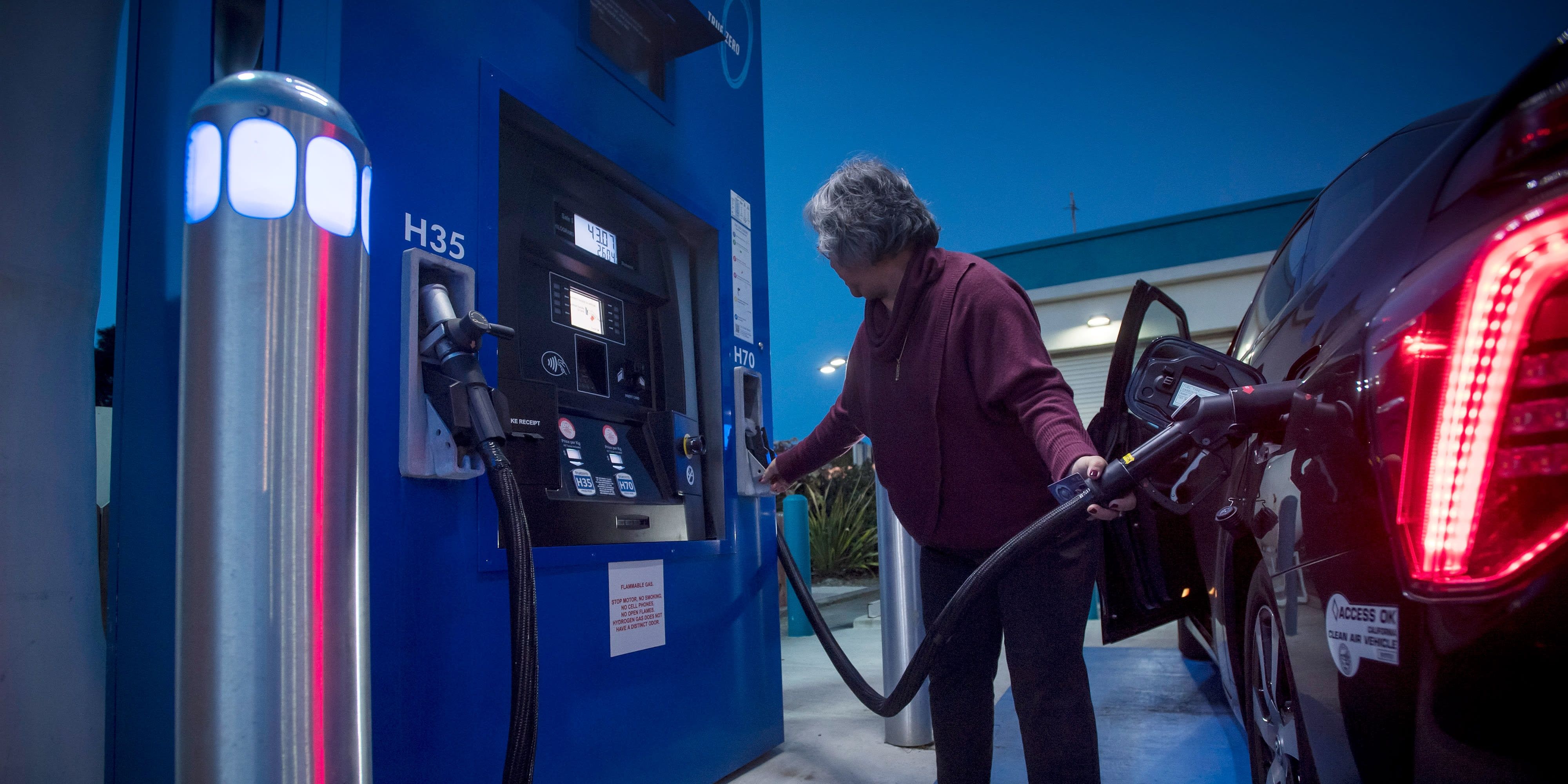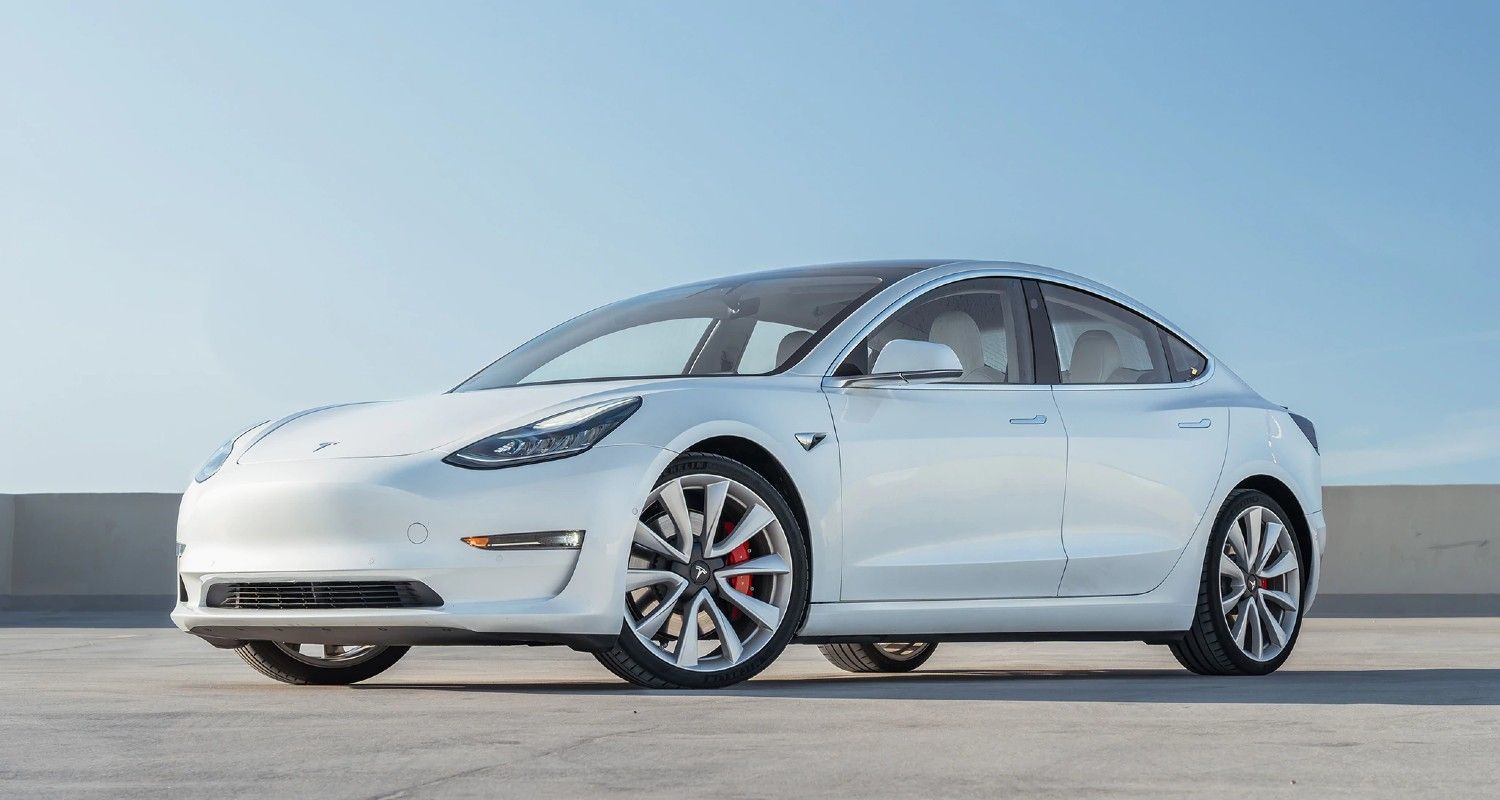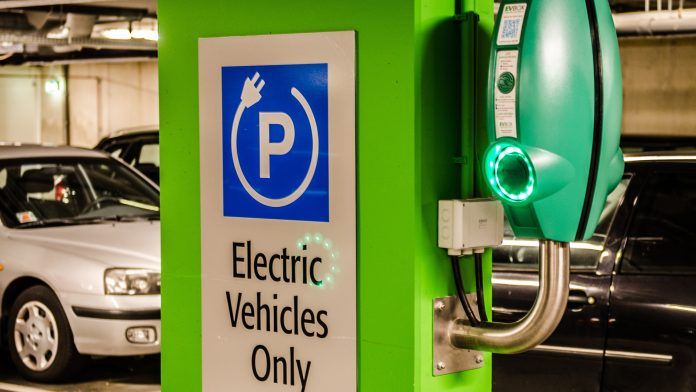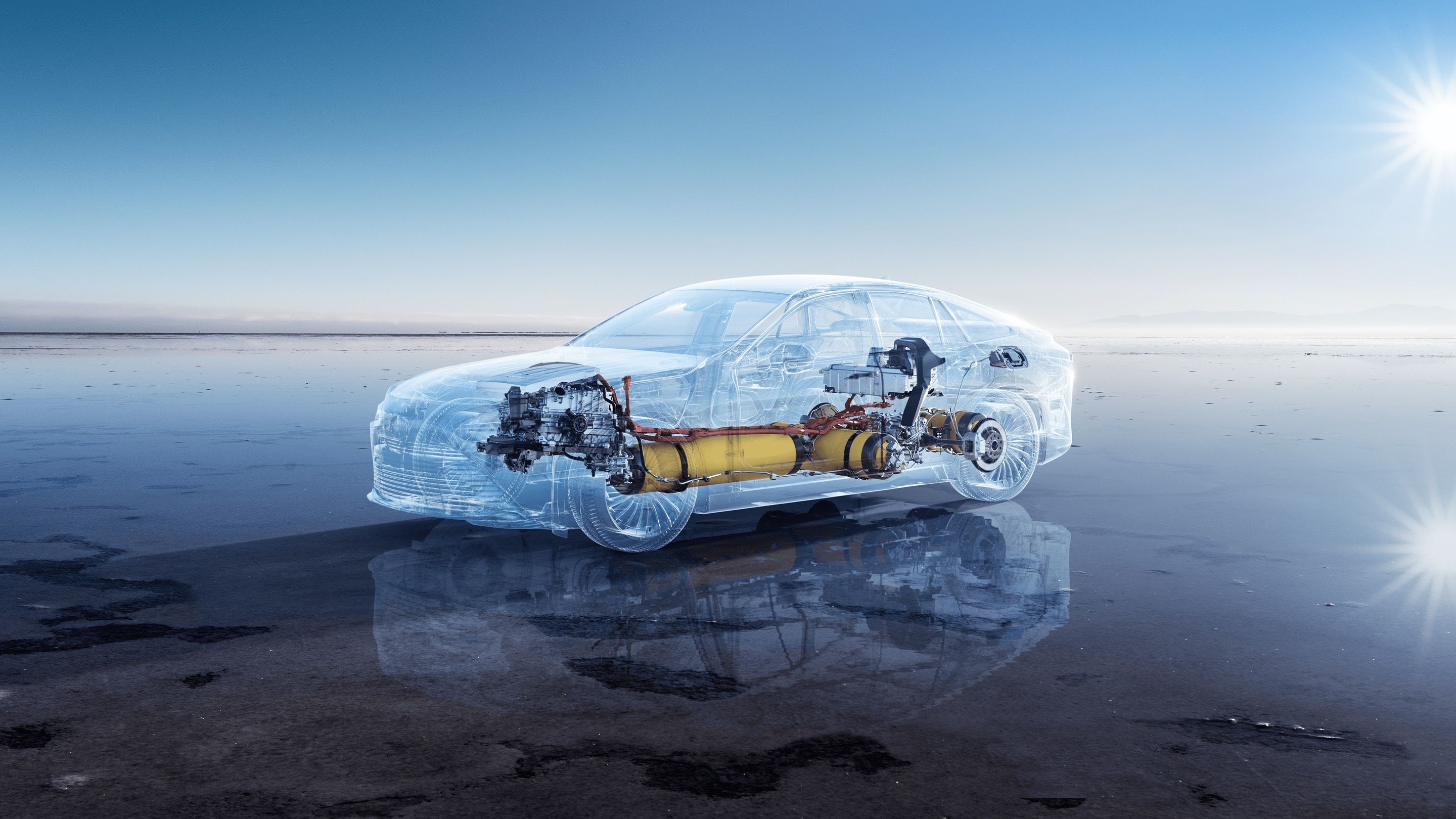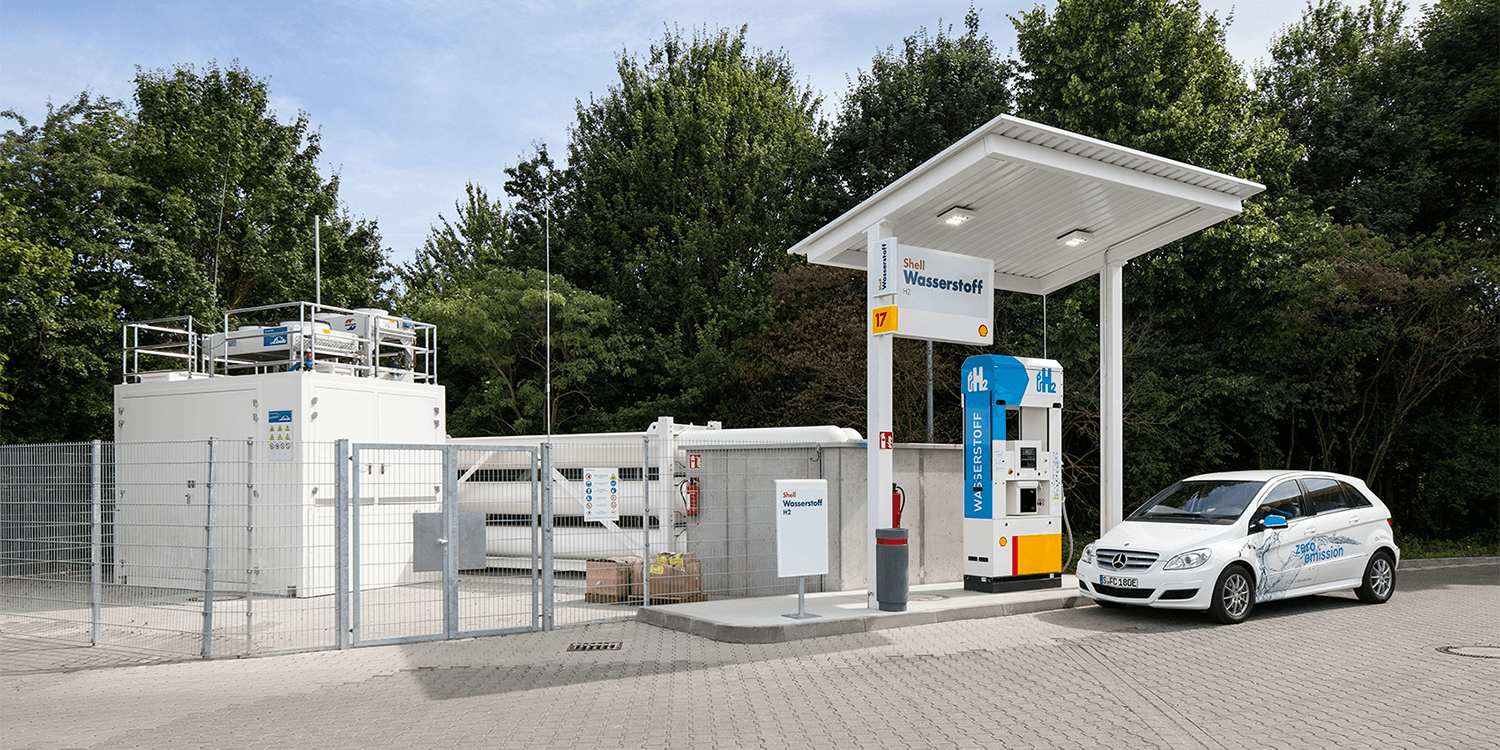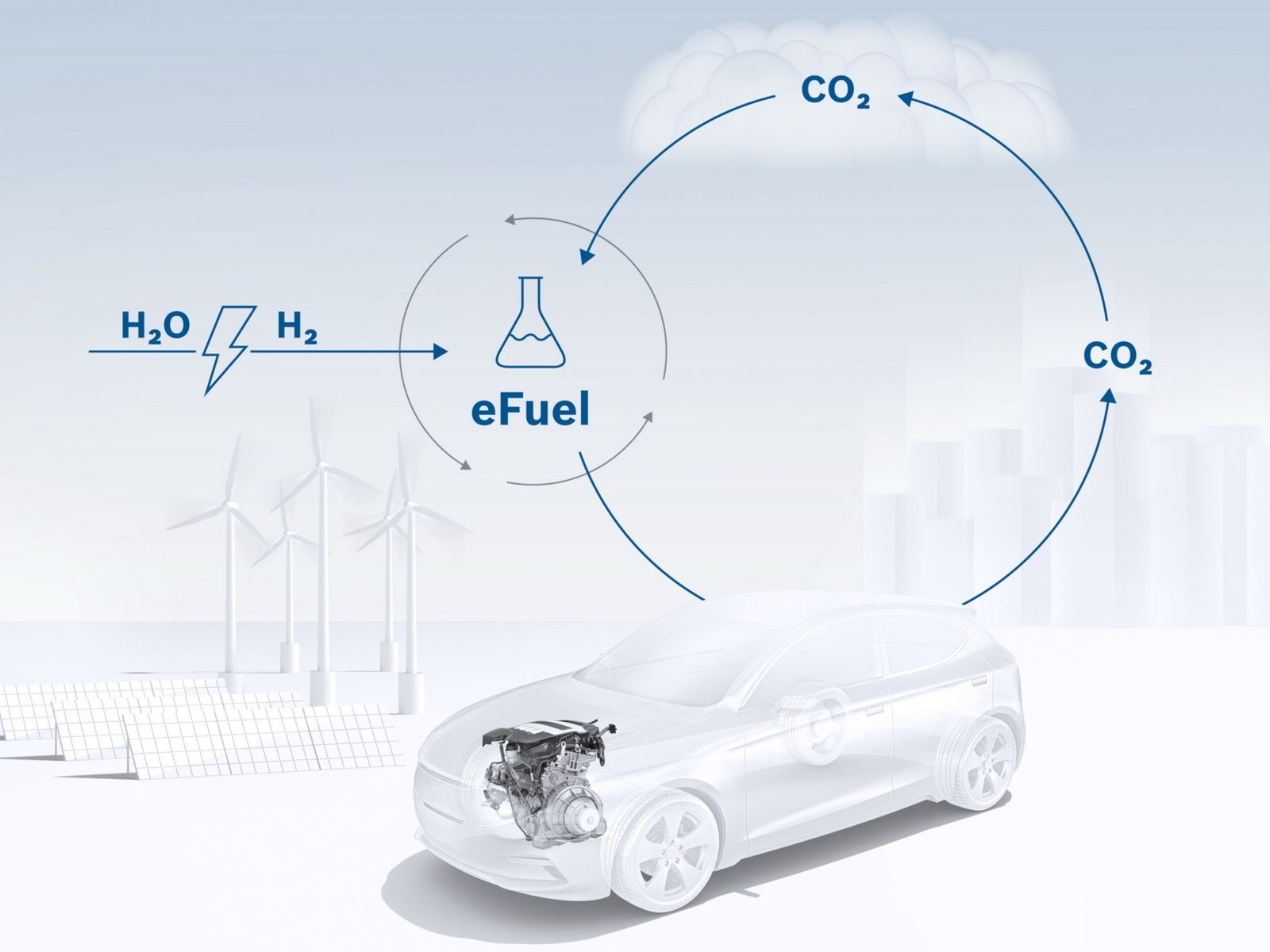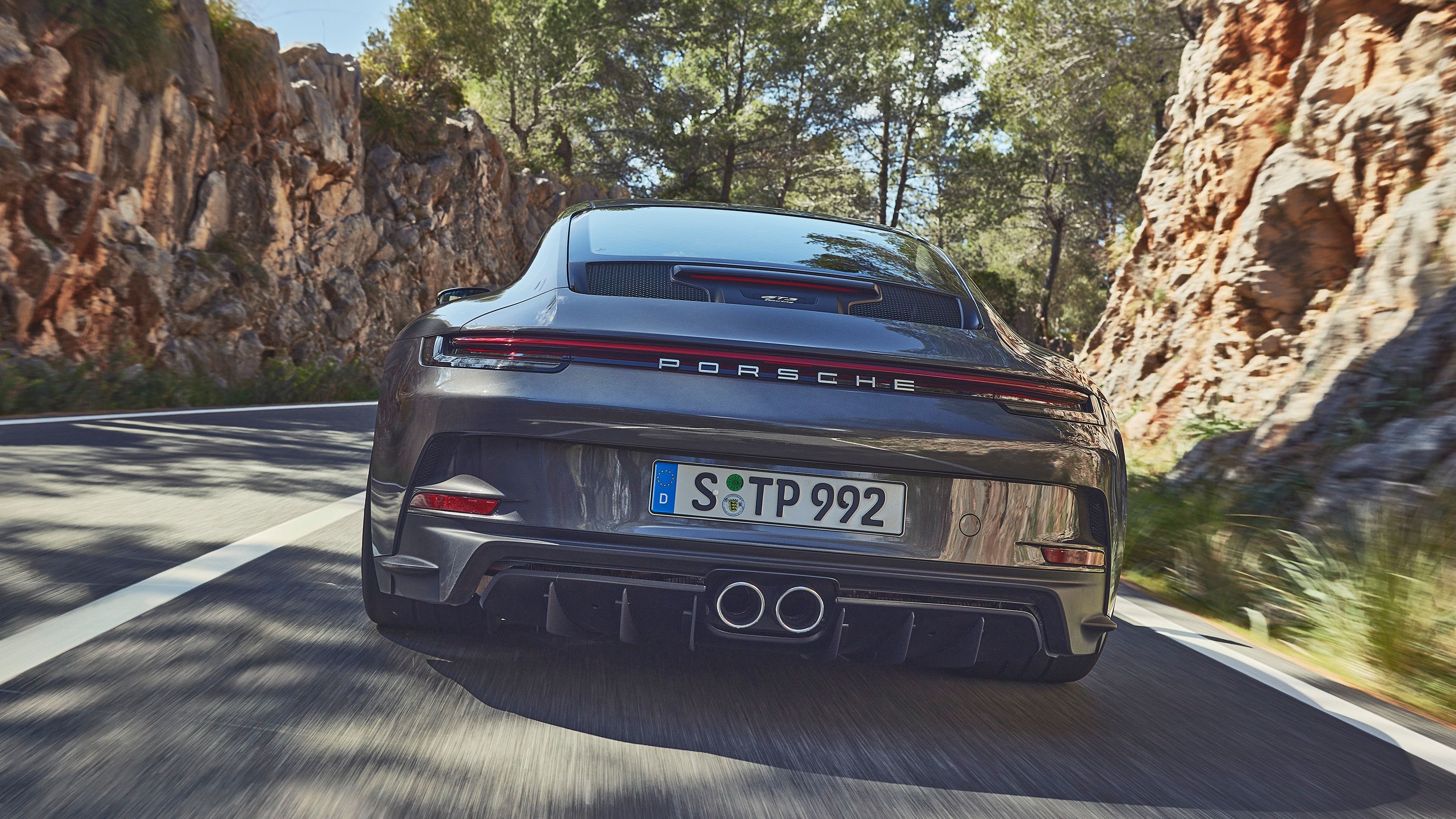It’s no surprise that electric mobility is being hailed as the future. We have witnessed the rise of Tesla to being one of the most valuable companies in the world along with many existing automakers offering EVs in their portfolio.
The argument made against the soon-to-be-obsolete internal combustion engine is that it’s polluting. While there’s no denying the fact, EVs at least, in today’s market are still a cause for pollution. Although, not in the conventional sense.
Unless the energy we use to power EVs becomes sustainable from first-mile to last-mile, it’s not zero-emission. Companies like Tesla Energy, Sunverge, SunPower, and many more have already started implementing steps to accelerate the process. However, widespread global adoption could still take decades.
Sustainable energy is where the world is headed, however, much of the efforts today are still in their infancy. Ease of use and convenience plays an important role when adopting any new form of technology. One example is YouTuber Shmee150’s polarising experience when charging his Taycan.
EVs are not rocket science to the end-user. It’s simply laid out, like Tesla with its plug-and-play charging mechanism. However, there are some brands that make the experience all the more cumbersome. Jason from Engineering Explained had this to say when charging the Volkswagen ID.4.
Our discussion focuses on why EVs aren’t the only solution for the future and that fuel cells along with synthetic eFuels could co-exist. This could significantly reduce E-waste and emissions whilst bringing relative ease of use.
Problems With Owning An Electric Vehicle Today
Though technology is rapidly improving, there are certain things we have to take into consideration with EVs like: charging time, charging stations, relatively high initial cost, non-universal charging docks (Tesla), and fast-paced tech advancements that could make your latest purchase obsolete within a few months. Apart from this, there are the overall emissions involved that going forward wouldn’t be as big of a deal since efforts are being taken to make manufacturing techniques sustainable.
Though companies advertise insanely high charging speeds, there aren’t many of these stations around the globe. As a result, you’re still confined to the regular fast charging speeds that still take half an hour or more to get it fully charged. Increasing charging speeds can have an adverse effect on battery health. Much like your mobile phones, Li-ion batteries have charge cycles that down the line drain the battery’s overall capacity to hold charge. However, Li-ions will soon be replaced although the timeframe is still uncertain.
Not many charging stations are there to compensate for the increasingly large number of new EVs being sold. This could lead to a charging queue, which is an inconvenience nonetheless. Another problem is cross-platform compatible charging cables. While that’s being sorted to some extent, Tesla still uses proprietary chargers much like the iPhone and lightning cable.
Another thing is range. Not many EVs offer adequate or close-to-ideal range. While that depends on the individual, it’s still something to be concerned about. In terms of pollution, YouTuber Jason from EE points out in his RAV4 Prime video that the difference in overall pollution between a hybrid and an EV is not that big at the moment. Because EV is a fast-growing industry, improvements are quite substantial with every upgrade. Therefore, your recent purchase could be outdated pretty soon, much like mobile phones from a couple of years prior. Because of this, there could be a massive pile of E-waste heading our way.
Fuel Cells Are A Pretty Good Alternative
The most significant advantage of an FCEV (fuel-cell EV) is the lack of charging times. Because it uses a chemical process to generate electricity, the only need is to replenish the fuel. In the case of an FCEV, hydrogen is the common fuel source. Whenever it gets down, go to a filling station and get a full tank, just like filling petrol. The basic idea is that you take an EV with a large battery pack, and you replace the pack with a fuel cell, a hydrogen tank, and a smaller battery.
There are downsides to this as well. Not many hydrogen fuel stations are available nor is hydrogen a clean or inexpensive fuel to produce. However, significant R&D along with billion-dollar investments are carried out in this sector. Moving forward, electric vehicles will have longer ranges thanks to advances in battery technology, but the refueling time won't be competitive with that of a hydrogen-powered model. Most, if not all, Japanese carmakers are betting big on fuel cells. Once hydrogen extraction is made sustainable, fuel cell EVs could easily co-exist with battery-powered EVs.
Synthetic eFuels
Alternative fuels could keep existing vehicles on the road instead of making them a villainous motoring excuse. It’s one possible way for ICEs and EVs to co-exist in the future. One initiative is by Porsche and ExxonMobil. Porsche states that their synthetic fuel use CO2 and hydrogen to produce Methanol that forms the basis of the fuel. The exact components are still a blur however, the manufacturing techniques remain sustainable as per Porsche.
The process starts by utilizing the existing CO2 in the atmosphere and combining it with hydrogen produced through electrolysis. The electricity required is generated through renewable sources which helps keep the entire process sustainable. There are a few downsides to this as well. Developing a new fuel on a scale that’s virtually impossible to imagine is a daunting task. Also, another thing to consider is the cost involved. Because the process is fairly resource-intensive, expect the synthetic fuel to be way more expensive than regular gasoline.
Sources: Circuit Insight, YouTube, Porsche, Donut Media

